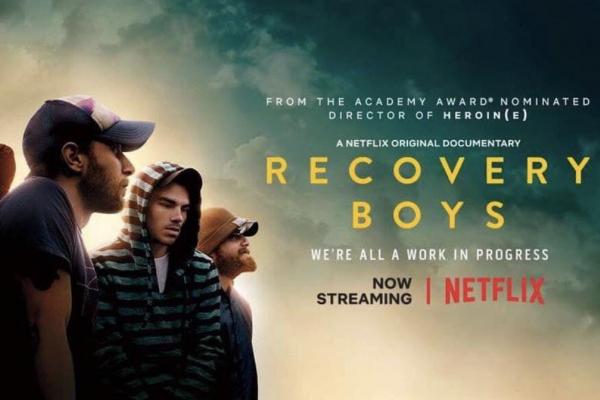A FEW YEARS AGO, I was sitting in a McDonald’s, getting some work done during my son’s orchestra practice, when I looked up and saw an ambulance parked on the sidewalk outside, a team of EMTs at work on a man at one of the patio tables. I pulled out my earbuds just in time to hear the McDonald’s worker behind the counter say, in an exasperated tone, “I don’t know why they have to come here to shoot their dope.”
The man was being revived from a heroin overdose, but life was going on around him as though his situation was a routine occurrence. That’s because here in Kentucky, it is.
It’s even more routine in Huntington, W.Va., a city known as the overdose capital of America, with a rate twice the national average. In 2017, Huntington was the setting for a prize-winning Netflix documentary, Heroin(e), by West Virginia filmmaker Elaine McMillion Sheldon, which profiled three women—a fire chief, a drug court judge, and a Christian volunteer—who had their fingers in the dike, struggling to hold back the overdose deluge.
Now Recovery Boys, Sheldon’s first feature-length film, also for Netflix, returns to West Virginia to follow four young men through the arduous journey of addiction recovery. The men are clients at Jacob’s Ladder, an unusual six-month, private residential program started by a doctor whose son was an addict. On a remote mountain farm, the men at Jacob’s Ladder spend their days tending the animals and baling hay, with regular breaks for meditation, 12-step meetings, group therapy, and recovery classes.
The isolated setting and structured schedule allow the men to slowly re-enter the land of the living. We see one of them sitting outdoors on a spring morning, awestruck at the symphony of birdsong around him. In a group session, one of the men says, “When I was high, I thought that love was just a construct. Something people said to get what they wanted. Now I see that love really exists. ... I just wasn’t spending much time in the real world.”
At the end of Recovery Boys, two of the guys are definitely getting the program. One definitely has not. The fourth is getting by on Suboxone, a milder synthetic opioid that’s being promoted for addiction treatment. It prevents withdrawal symptoms, keeps people from overdosing, and allows the addict to hold a job.
But many in the 12-step programs argue that the person in “medically assisted treatment” is short-circuiting the painful process of learning to live life on life’s terms.
People whose method of coping with life has been to escape it have to learn, almost from scratch, how to live. And no matter what the insurance companies say, you can’t do that in 28 days: It’s a long, hard, and essentially spiritual process.
But when you’ve seen it happen, as you do in Recovery Boys, it gets a lot easier to say that line in the Nicene Creed about the “resurrection of the dead.”

Got something to say about what you're reading? We value your feedback!

